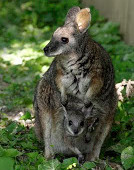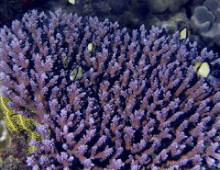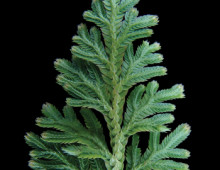Soil biocrust microbial genome
One of the DOE JGI’s 2011 Community Sequencing Program projects involves studying biological soil crusts to understand their role in the global carbon cycle. Found in arid lands which make up nearly half of the planet’s total land mass, communities of lichens, mosses and cyanobacteria use soil particles to form biocrusts less than half an… [Read More]


